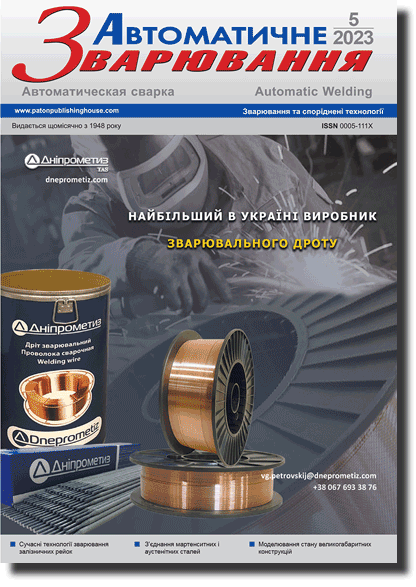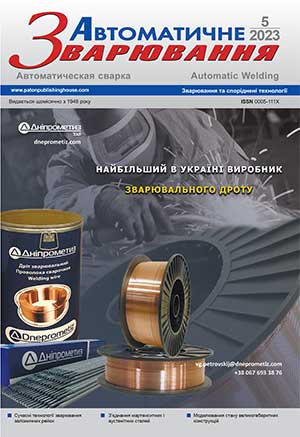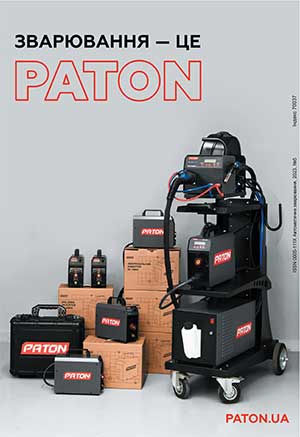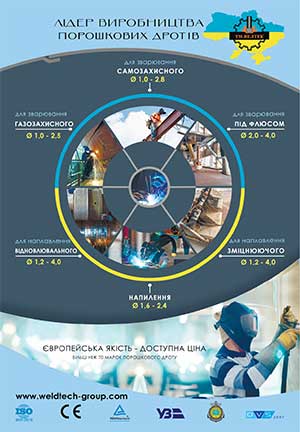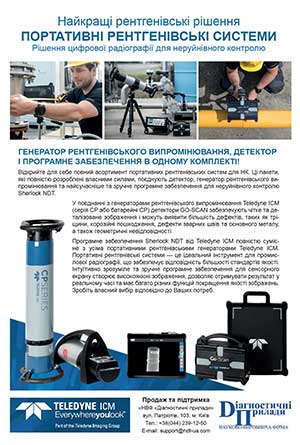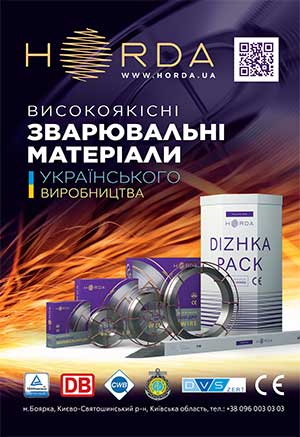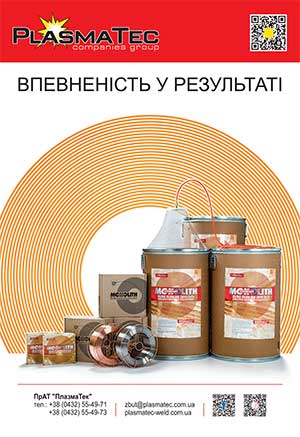| 2023 №05 (04) |
DOI of Article 10.37434/as2023.05.05 |
2023 №05 (06) |
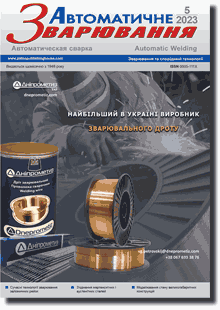
"Avtomatychne Zvaryuvannya" (Automatic Welding), #5, 2023, pp. 44-47
Fundamentals of computer multiphysics modelling of resistance welding of live tissues
O.V. Lebedev1, A.G. Dubko2, N.A. Chvertko2
1National Technical University of Ukraine «Igor Sikorskyi Kyiv Polytechnic Institute». 1/2 Yangel Str., 03056, Kyiv 2E.O. Paton Electric Welding Institute of the NAS of Ukraine. 11 Kazymyr Malevych Str., 03150, Kyiv, Ukraine. E-mail: office@paton.kiev.uaWelding of living tissues replaces stitching of tissues with threads during surgical operations. It simplifies and shortens the time of operation performance, lowers their cost and probability of postoperative complications. Water makes up more than half of the biological tissues mass. During welding the melting stage is not clearly expressed. In the post-operative period the weld should be gradually replaced by a healthy tissue without loss of strength. Computer modeling greatly accelerates, simplifies and lowers the cost of studying the mechanical, electromagnetic and thermal processes, running in live tissue welding. Different mathematical packages allow modeling these processes simultaneously. The paper gives an example of mathematical modeling using the finite element method. Its application enables overcoming the difficulties, when studying the processes running in live tissue welding and allows using a 3D computer model, which models the processes of tissues compression and alternating current passage.18 Ref., 4 Fig.
Keywords: resistance welding of live tissues, mathematical modeling, tissue compression, alternating current passage, electromagnetic heating of the tissue
Received: 06.03.2023
References
1. Paton, B.E. (2004) Electric welding of soft tissues in surgery. The Paton Welding J., 9, 6-10.2. Paton, B.E., Ivanova, O.N. (2009) Tissue-saving highfrequency electric welding surgery. Kyiv, Naukova Dumka [in Russian].
3. Umanets, N., Pasyechnikova, N.V., Naumenko, V.A. et al. (2014) High-frequency electric welding: A novel method for improved immediate chorioretinal adhesion in vitreoretinal surgery. Graefe's Arch. Clin. Exp. Ophthalmol., 252, 1697-1703. https://doi.org/10.1007/s00417-014-2709-0
4. Marinsky, G.S., Chernets, A.V., Tkachenko, V.A. et al. (2016) Bench research of high-frequency electric welding of biological tissues. The Paton Welding J., 12, 38-42. https://doi.org/10.15407/tpwj2016.12.07
5. Molotkovets, V.Yu., Medvediev, V.V., Korsak, A.V.et al. (2020) Restoration of the integrity of a transected peripheral nerve with the use of an electric welding technology. Neurophysiology, 52(1), 31-42. https://doi.org/10.1007/s11062-020-09848-3
6. Lebedev, A.V., Dubko, A.G. (2012) Peculiarities of application of resistance welding theory of metals in welding of live tissues. Tekhn. Elektrodynamika, Them. Issue, 187-192 [in Russian].
7. Gelman, A.S. (1949) Resistance electric welding. Moscow, Mashgiz [in Russian].
8. Kochergin, K.A. (1987) Resistance welding. Moscow, Mashinostroenie [in Russian].
9. Sedov, L.I. (1970) Continuum mechanics. Vol. 1. Moscow, Nauka [in Russian].
10. Vanin, V.A. (2018) Mathematical models and numerical methods in problems of continuum mechanics. In: Manual. Kharkiv, NTU KhPI [in Ukrainian].
11. Babkin, A.V., Selivanov, V.V. (1998) Applied continuum mechanics. In: 3 Vol., Vol. 1. Moscow, MGTU [in Russian].
12. Landau, L., Lifshits, E.M. (1987) Theoretical physics. Vol. 7: Theory of elasticity. Moscow, Nauka [in Russian].
13. Popovic, Z., Popovic, B.D. (1999) IntroductoryEngineering Electromagnetics. Prentice Hall.
14. Khennane, A. (2013) Introduction to Finite Element Analysis using MATLAB® and Abaqus. CRC Press. Taylor & Francis Group. https://doi.org/10.1201/b15042
15. Pryor, R.W. (2011) Multiphysics modeling using COMSOL: a first principles approach. Jones and Bartlett Publishers.
16. Xiaolin Chen, Yijun Liu (2019) Finite Element Modeling and Simulation with ANSYS Workbench. Second Edition. CRC Press Taylor & Francis Group.
17. Krysl, P. (2018) Finite Element Modeling with Abaqus and Python for Thermal and Stress Analysis. Pressure Cooker Press. San Diego.
18. Lebedev, A.V., Dubko, A.G., Lopatkina, E.G. (2011) Main biophysical properties of soft tissues in electric welding. Visnyk NTU KPI, Seriya Mashynobuduvannya, 61, Vol. 2, 130-133.
Advertising in this issue:
The cost of subscription/purchase order journals or individual articles
| Journal/Currency | Annual Set | 1 issue printed |
1 issue |
one article |
| TPWJ/USD | 384 $ | 32 $ | 26 $ | 13 $ |
| TPWJ/EUR | 348 € | 29 € | 24 € | 12 € |
| TPWJ/UAH | 7200 UAH | 600 UAH | 600 UAH | 280 UAH |
| AS/UAH | 1800 UAH | 300 UAH | 300 UAH | 150 UAH |
| AS/USD | 192 $ | 32 $ | 26 $ | 13 $ |
| AS/EUR | 180 € | 30 € | 25 € | 12 € |
| SEM/UAH | 1200 UAH | 300 UAH | 300 UAH | 150 UAH |
| SEM/USD | 128 $ | 32 $ | 26 $ | 13 $ |
| SEM/EUR | 120 € | 30 € | 25 € | 12 € |
| TDNK/UAH | 1200 UAH | 300 UAH | 300 UAH | 150 UAH |
| TDNK/USD | 128 $ | 32 $ | 26 $ | 13 $ |
| TDNK/EUR | 120 € | 30 € | 25 € | 15 € |
AS = «Automatic Welding» - 6 issues per year;
TPWJ = «PATON WELDING JOURNAL» - 12 issues per year;
SEM = «Electrometallurgy Today» - 4 issues per year;
TDNK = «Technical Diagnostics and Non-Destructive Testing» - 4 issues per year.





